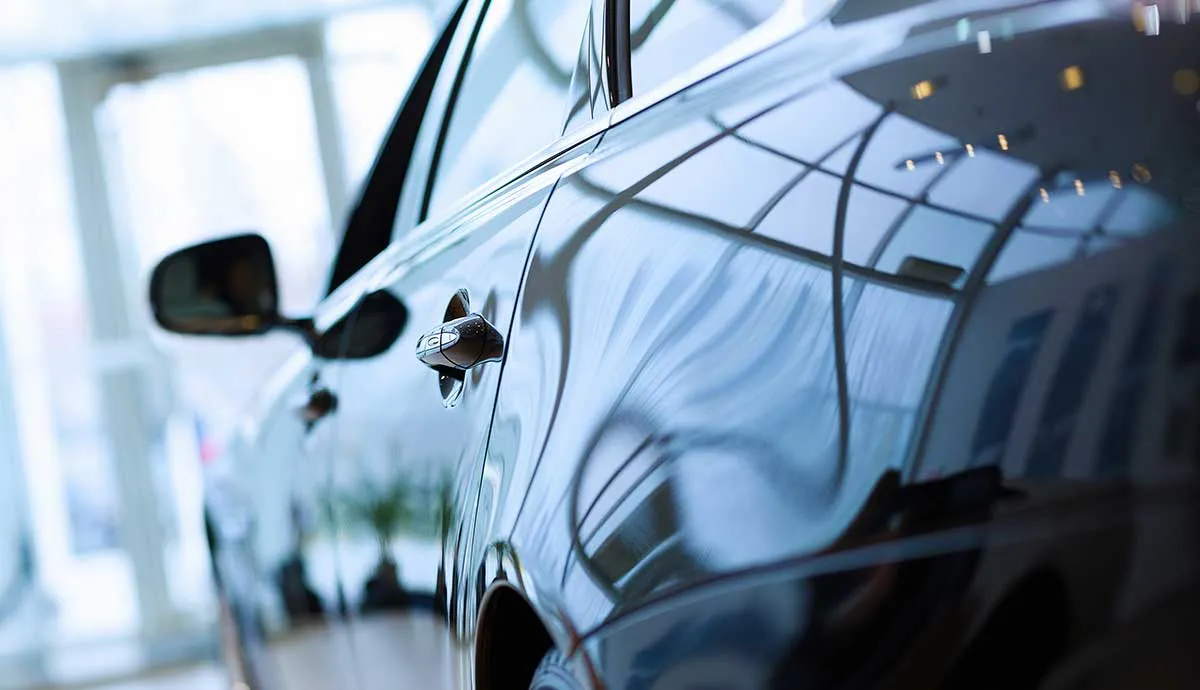As soon as one model year vehicle is launched, planning for next year’s version begins. It’s easy to get overwhelmed with decisions. What will propel design demands? How can you drive more productivity from your facilities? Will new government mandates affect your plans?
Automotive design trends have traditionally been guided by three broad factors: consumer preferences, the desire for enhanced manufacturing efficiency, and legislative requirements. It is unlikely that these influences will change, so manufacturers must strive to keep up with the latest developments and continue to challenge the status quo — or risk being left behind.
Here are three things you can do to keep future models cutting edge and competitive:
Understand the total consumer experience
New material and design options give consumers more freedom than ever before. Choices such as interior and exterior colors, wheel design, and amenities such as sunroofs are now a given. The opportunities for specialized features and designs are growing beyond basic additions.
For example, consider the Airbump® plastic impact panels on the doors and bumpers of the Citroën C4 Cactus. These panels give each vehicle a unique look, while also minimizing damage and repair costs from encounters with shopping carts, car doors and other soft bumps. In the same way that a consumer can choose paint and upholstery options, the panels on the C4 Cactus auto are available in a range of colors.
Customization is an established industry trend that will continue to grow. Each consumer wants a car to be as unique as each consumer is, and customization makes that possible. It is up to manufacturers to balance the cost efficiency of using more standardized parts versus consumer demands for greater variety in colors and design, all while providing drivers with a complete brand experience.
Consider parts consolidation to increase efficiency
One trend that will never fade is streamlining the production process. One way to do this? Replace multiple metal parts with a single polymer shape. This can significantly reduce the need for manufacturing steps – such painting and welding – along with their associated time and labor.
Find innovative ways to lightweight
Engineered plastic compounds that can meet or exceed the properties and appearances of metal are creating even more opportunities for plastic parts to take over as an incumbent material.
Fuel economy requirements in some countries recently became much tougher, with failure to comply bringing serious financial penalties. Consumers, on the other hand, are demanding better fuel efficiency that’s easier on the wallet and the environment. Removing weight is the answer in both cases, and will remain a critical element of automotive design in the coming years.
Automakers are vigorously evaluating every part to reduce overall vehicle weight to meet new fuel economy standards. Lightweighting is most effective when manufacturers take a holistic approach to integrated part design.
